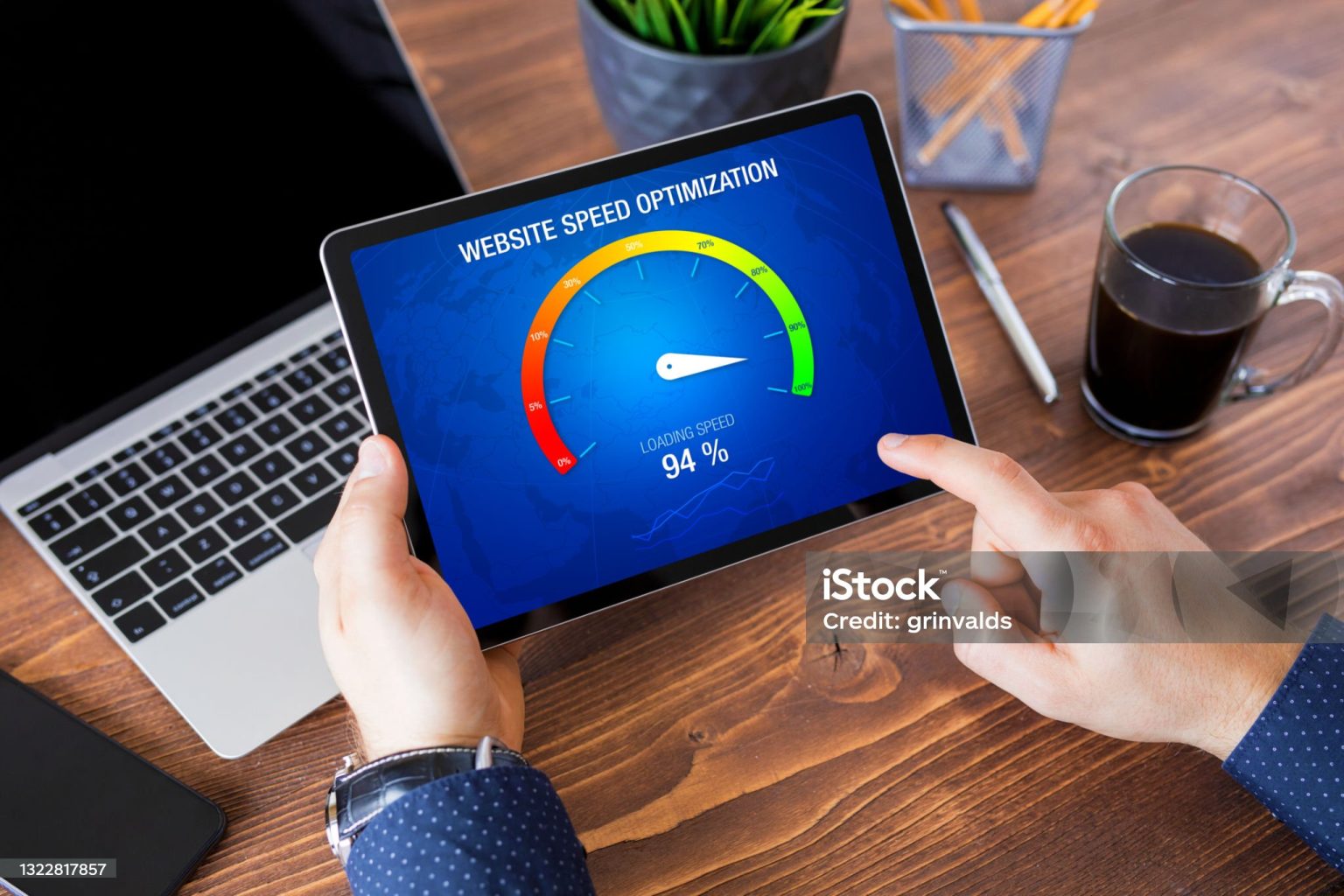In the fast-paced world of the internet, where attention spans are fleeting and competition is fierce, every second counts. Site speed, the time it takes for a web page to load, plays a pivotal role in user experience, engagement, and ultimately, search engine rankings. In this article, we'll explore the importance of site speed for SEO and unveil strategies to optimize your website for lightning-fast performance.
Why Site Speed Matters for SEO
- User Experience: Users demand instant gratification. A slow-loading website frustrates visitors and increases bounce rates, leading to poor user experience. Research shows that a one-second delay in page load time can result in a significant drop in conversions.
- Search Engine Rankings: Search engines, especially Google, prioritize user experience in their ranking algorithms. Site speed is one of the key factors considered by search engine crawlers when determining the relevance and quality of a web page. Faster-loading pages are more likely to rank higher in search engine results pages (SERPs) and attract organic traffic.
- Mobile Optimization: With the proliferation of smartphones and mobile browsing, mobile optimization has become paramount. Slow-loading pages on mobile devices not only frustrate users but also incur penalties from search engines, as they prioritize mobile-first indexing and mobile user experience.

Strategies to Improve Site Speed
- Optimize Images: Large image files are one of the primary culprits behind slow-loading web pages. Compress images without compromising quality using tools like Photoshop, TinyPNG, or JPEG Optimizer. Additionally, leverage modern image formats like WebP for further compression and faster loading times.
- Minimize HTTP Requests: Reduce the number of HTTP requests required to load a page by combining CSS and JavaScript files, using CSS sprites for multiple images, and minimizing the use of external scripts and plugins. Each additional request adds to the load time, so streamlining resources is crucial for optimization.
- Enable Browser Caching: Leverage browser caching to store static resources like images, CSS files, and JavaScript files locally on users' devices. This allows returning visitors to load your website more quickly by retrieving cached content instead of downloading it anew each time.
- Utilize Content Delivery Networks (CDNs): CDNs distribute your website's content across multiple servers worldwide, reducing latency and improving load times for users across different geographic locations. Choose a reliable CDN provider and configure it to cache and deliver your website's static assets efficiently.
- Minify CSS, JavaScript, and HTML: Remove unnecessary whitespace, comments, and line breaks from CSS, JavaScript, and HTML files to reduce their file sizes. Minification reduces load times by optimizing code for faster parsing and execution by web browsers.
- Optimize Server Response Time: Evaluate your web hosting provider and server configuration to ensure optimal performance. Choose a reputable hosting provider with fast servers and consider upgrading your hosting plan or implementing server-side caching techniques to improve response times.
Monitoring and Continuous Optimization
Optimizing site speed is an ongoing process that requires regular monitoring and continuous optimization. Utilize tools like Google's PageSpeed Insights, GTmetrix, and Pingdom to analyze your website's performance and identify areas for improvement. Monitor key performance metrics such as page load time, time to first byte (TTFB), and render-blocking resources, and make adjustments accordingly.
By prioritizing site speed and implementing these optimization strategies, you can enhance user experience, increase engagement, and improve search engine rankings. Remember, every millisecond counts in the digital landscape, and a faster website can give you a competitive edge in attracting and retaining visitors. Invest time and resources into optimizing your site speed, and reap the rewards of improved SEO performance and online success.
By prioritizing site speed and implementing these optimization strategies, you can enhance user experience, increase engagement, and improve search engine rankings. Remember, every millisecond counts in the digital landscape, and a faster website can give you a competitive edge in attracting and retaining visitors. Invest time and resources into optimizing your site speed, and reap the rewards of improved SEO performance and online success.
